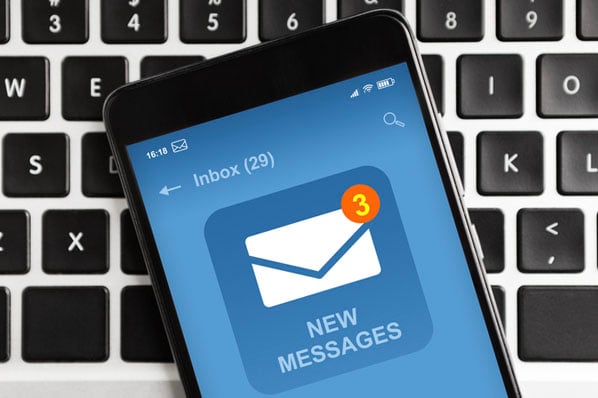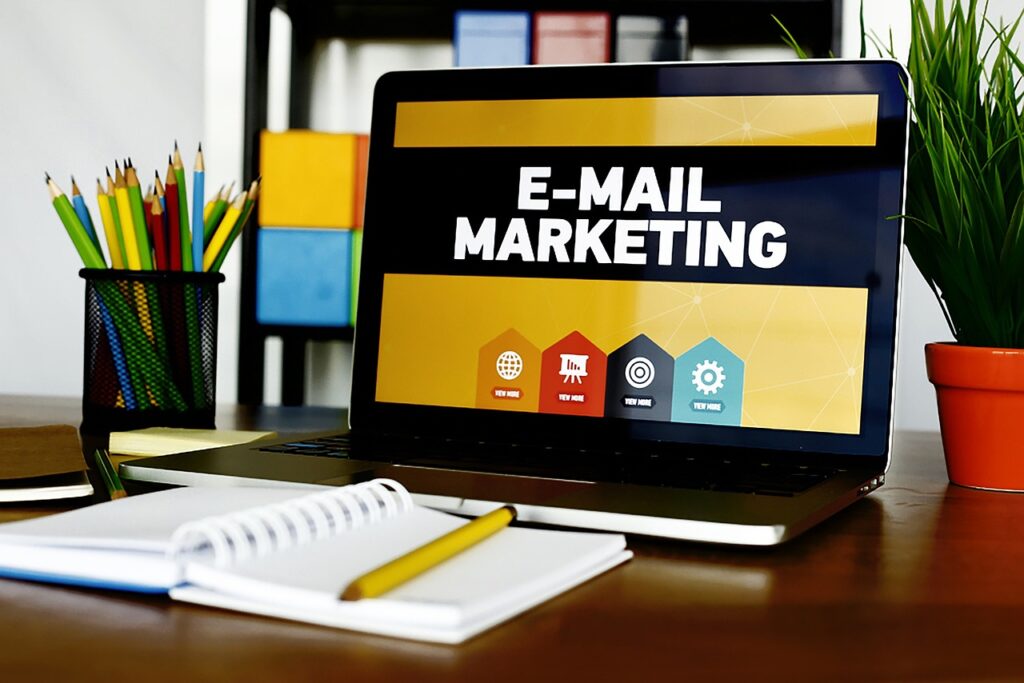Introduction
In today’s rapidly evolving digital landscape, email marketing remains a potent tool for businesses to engage, nurture, and convert their audience. When executed strategically, email marketing can yield impressive results that contribute to your overall business success. In this comprehensive guide, we’ll delve into the core strategies and best practices that will empower you to truly excel in email marketing.
1. Build a Solid Foundation
The key to effective email marketing lies in sending relevant content to the right people. Segment your email list based on demographics, behavior, and preferences. This enables you to tailor your messages to specific audience segments, increasing engagement and conversions.
Never underestimate the power of permission. Ensure that you’re sending emails to individuals who have willingly subscribed to your list. This not only improves deliverability but also fosters a genuine interest in your content. An excellent website for learning all about email marketing is https://www.udemy.com as they offer different courses to learn all about email marketing.
2. Craft Compelling Content
Address your subscribers by their names and leverage past interactions to deliver personalized recommendations and offers. Personalized emails have higher open and click-through rates.
Deliver content that provides value to your subscribers. Educational content, how-to guides, exclusive offers, and relevant industry insights can position your emails as a valuable resource rather than just promotional messages.
3. Masterful Design and Layout
With the majority of emails being opened on mobile devices, it’s crucial to ensure that your emails are mobile-responsive. Optimize layouts, fonts, and images for seamless viewing across devices.
Every email should have a clear and compelling CTA (call to action) that guides recipients toward the desired action. Whether it’s making a purchase, downloading an e-book, or signing up for a webinar, the CTA should stand out.

4. Timing and Frequency
Research and analyze when your audience is most likely to engage with emails. Test different sending times to determine the timing that generates the highest open and click rates.
Maintain a consistent email schedule. Whether you send emails weekly or monthly, consistency builds anticipation and keeps your brand fresh in subscribers’ minds.
5. A/B Testing for Continuous Improvement
Craft two versions of subject lines and test them to see which one garners better open rates. A/B testing subject lines allows you to understand what resonates with your audience.
Experiment with different email formats, content lengths, and layouts to discover what drives better engagement and conversions.
6. Deliverability and Compliance
Implement authentication protocols like SPF, DKIM, and DMARC to ensure your emails are recognized as legitimate and to prevent them from being marked as spam.
Familiarize yourself with email marketing laws such as CAN-SPAM and GDPR to ensure you’re following the regulations. Include clear unsubscribe options and privacy policies.
7. Analytics and Optimization
Regularly analyze key metrics like open rates, click-through rates, conversion rates, and bounce rates. Use this data to identify trends and make informed decisions.
Based on your analytics, continuously refine your email marketing strategy. Adjust your content, send times, and segmentation strategies to align with what’s working best.
8. Nurture Customer Relationships
Create a warm welcome for new subscribers with a series of automated emails that introduce your brand, share valuable content, and encourage engagement.
Show your subscribers that their opinions matter by sending surveys. This not only engages them but also provides valuable insights for enhancing your offerings.
9. Harness the Power of Automation
Automation allows you to send a series of targeted emails over time, nurturing leads and guiding them through the customer journey. Set up drip campaigns based on user behavior or triggers for maximum effectiveness.
Recover potentially lost sales by sending automated emails to users who abandoned their shopping carts. Include compelling product information and incentives to encourage them to complete their purchase.
10. Engage with Compelling Subject Lines
Craft subject lines that evoke curiosity or urgency to entice recipients to open your emails. Use phrases like “Limited Time Offer” or “Don’t Miss Out” to create a sense of urgency.
Incorporate personalization in subject lines as well. Mention the recipient’s name or tailor the subject line based on their preferences or behavior.
11. Leverage User-generated Content
Share user-generated content, such as customer reviews, testimonials, or user-submitted photos, to build trust and authenticity. This can encourage engagement and conversions by showcasing real experiences.
12. Optimize for Different Email Clients
Different email clients may render emails differently. Test your emails across various platforms and devices to ensure consistent formatting and functionality.
Include fallback fonts and alternative formatting for email clients that may not support certain styles or elements.
13. Monitor and Adapt to Trends
Email marketing trends evolve. Stay current with industry news, technology advancements, and consumer behavior changes to adapt your strategy accordingly.
Consider incorporating interactive elements like polls, quizzes, and GIFs to keep your emails engaging and stand out in crowded inboxes.
14. Maintain List Hygiene
Regularly remove inactive or bounced email addresses from your list to maintain a healthy sender reputation and improve deliverability.
Before removing inactive subscribers, attempt to re-engage them with a targeted campaign that offers value and encourages them to interact.
15. Invest in Professional Tools
Choose a reliable ESP that offers features like automation, segmentation, analytics, and deliverability tracking. This will streamline your email marketing efforts.
Conclusion
Achieving remarkable success in email marketing requires a multi-faceted approach that combines strategic planning, creative content, data analysis, and adaptability. By consistently delivering value, fostering meaningful connections, and adapting to changing trends, you can establish a robust email marketing strategy that drives engagement, conversions, and customer loyalty. Remember, email marketing is not just about sending messages; it’s about building relationships and delivering personalized experiences that resonate with your audience. Keep learning, experimenting, and refining your approach to ensure that your email marketing efforts continue to flourish in an ever-evolving digital landscape.



